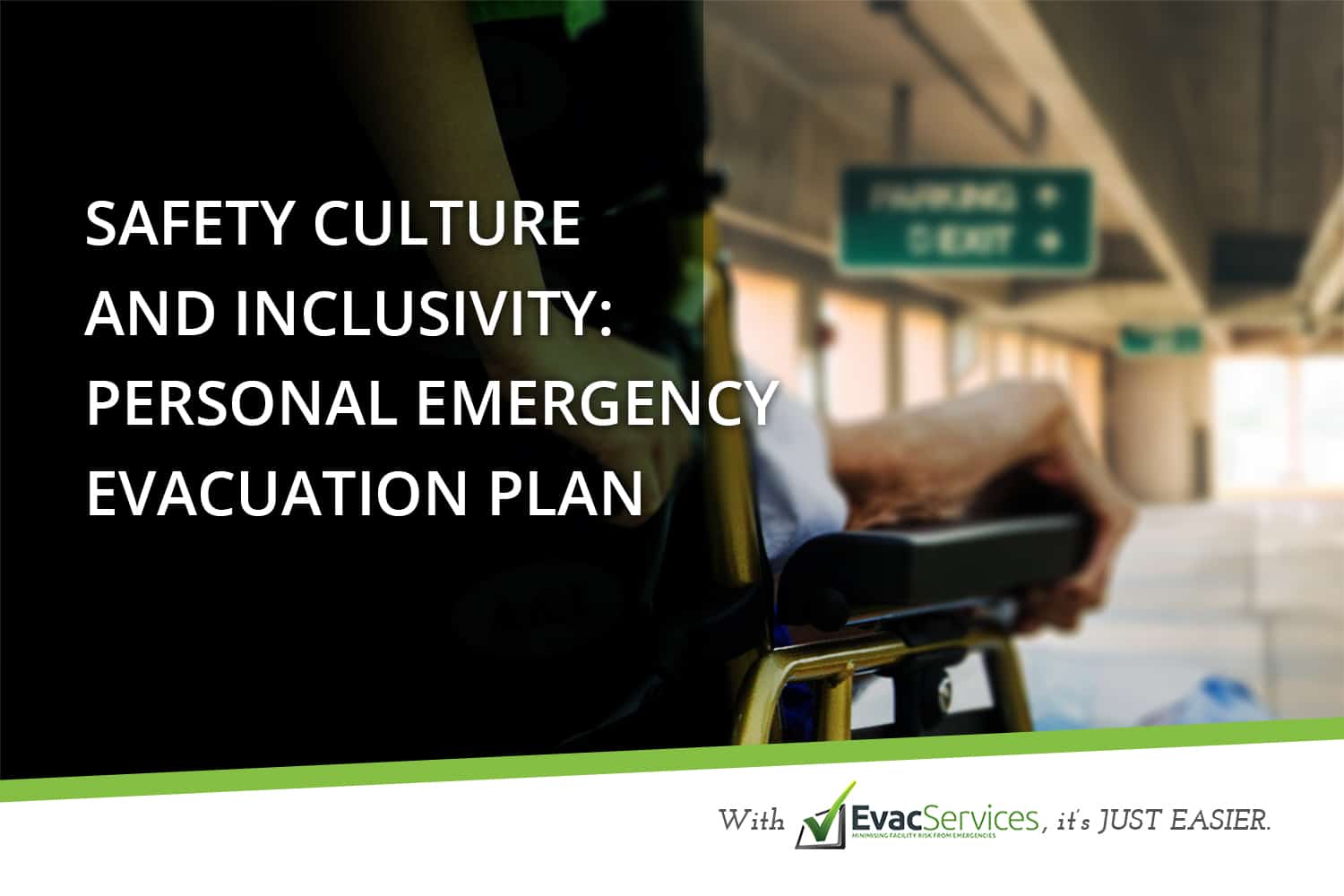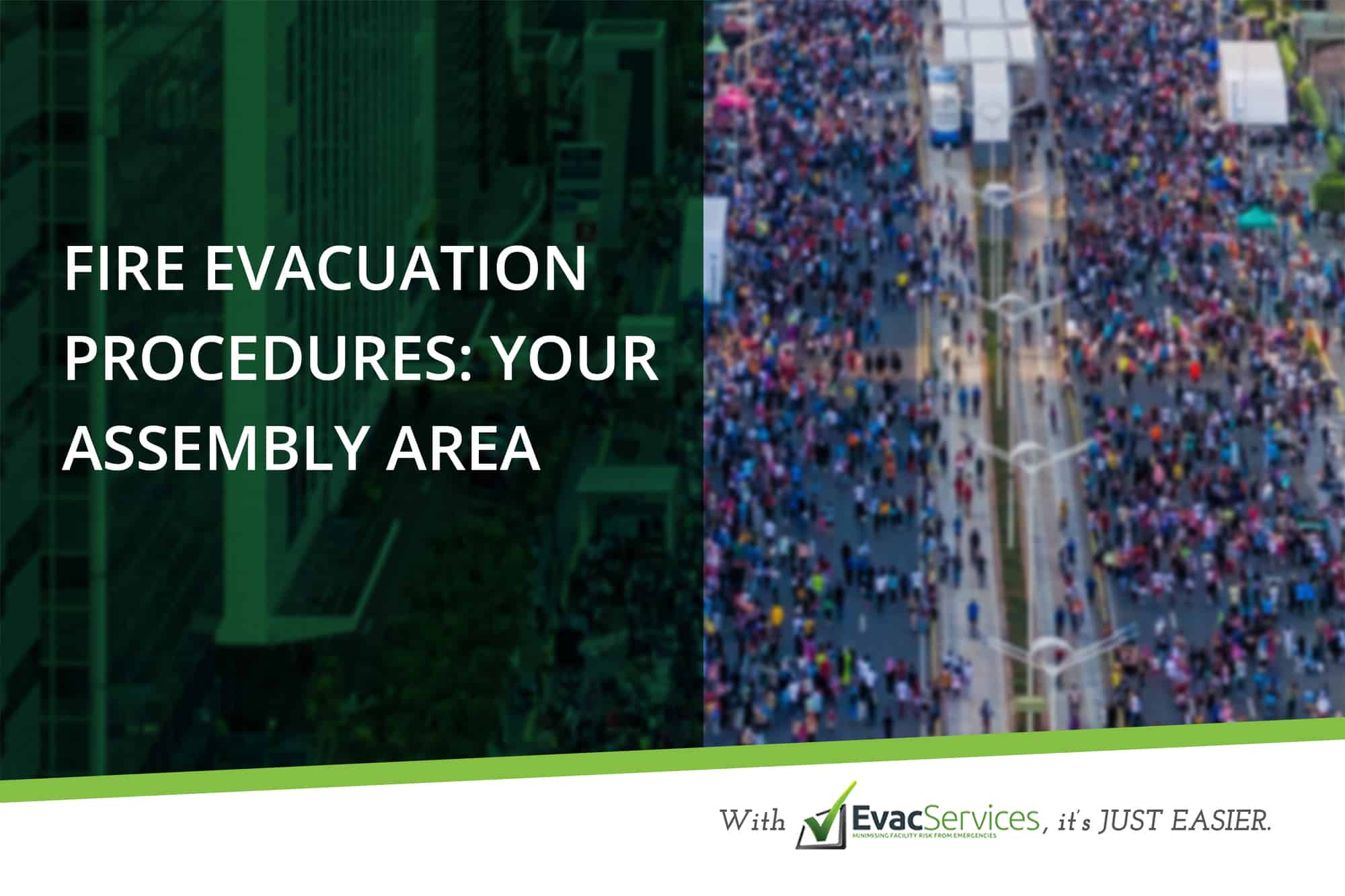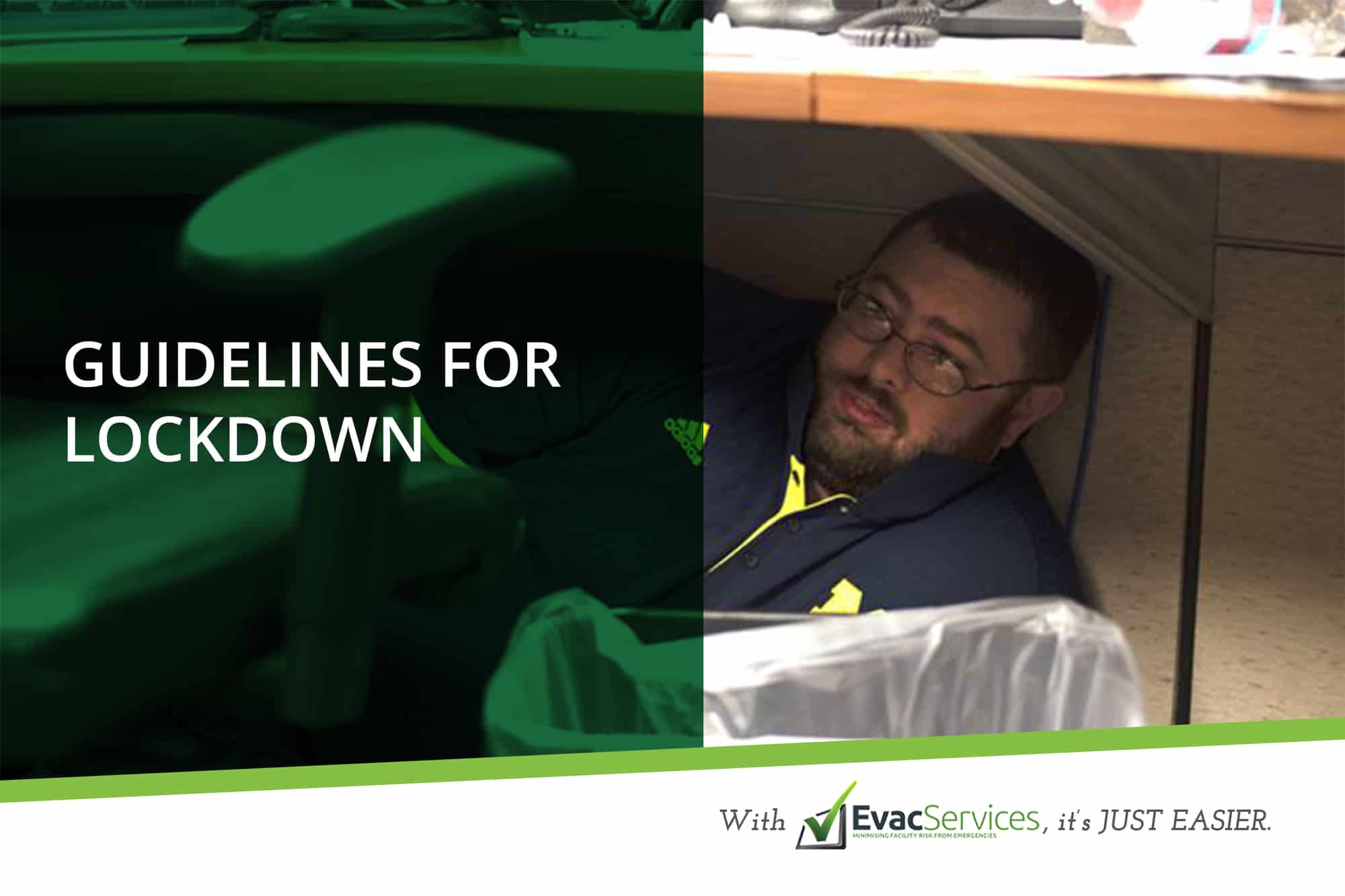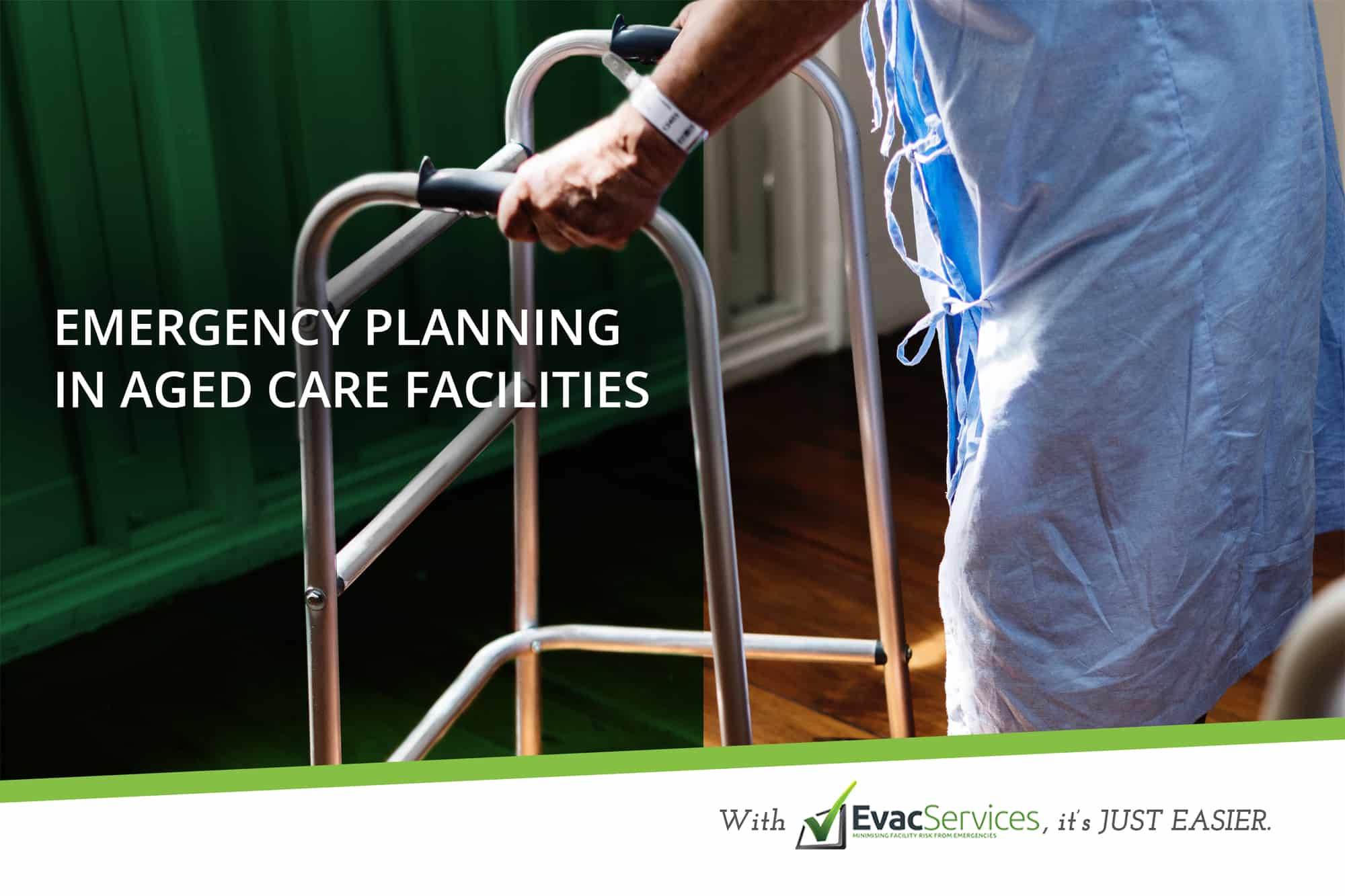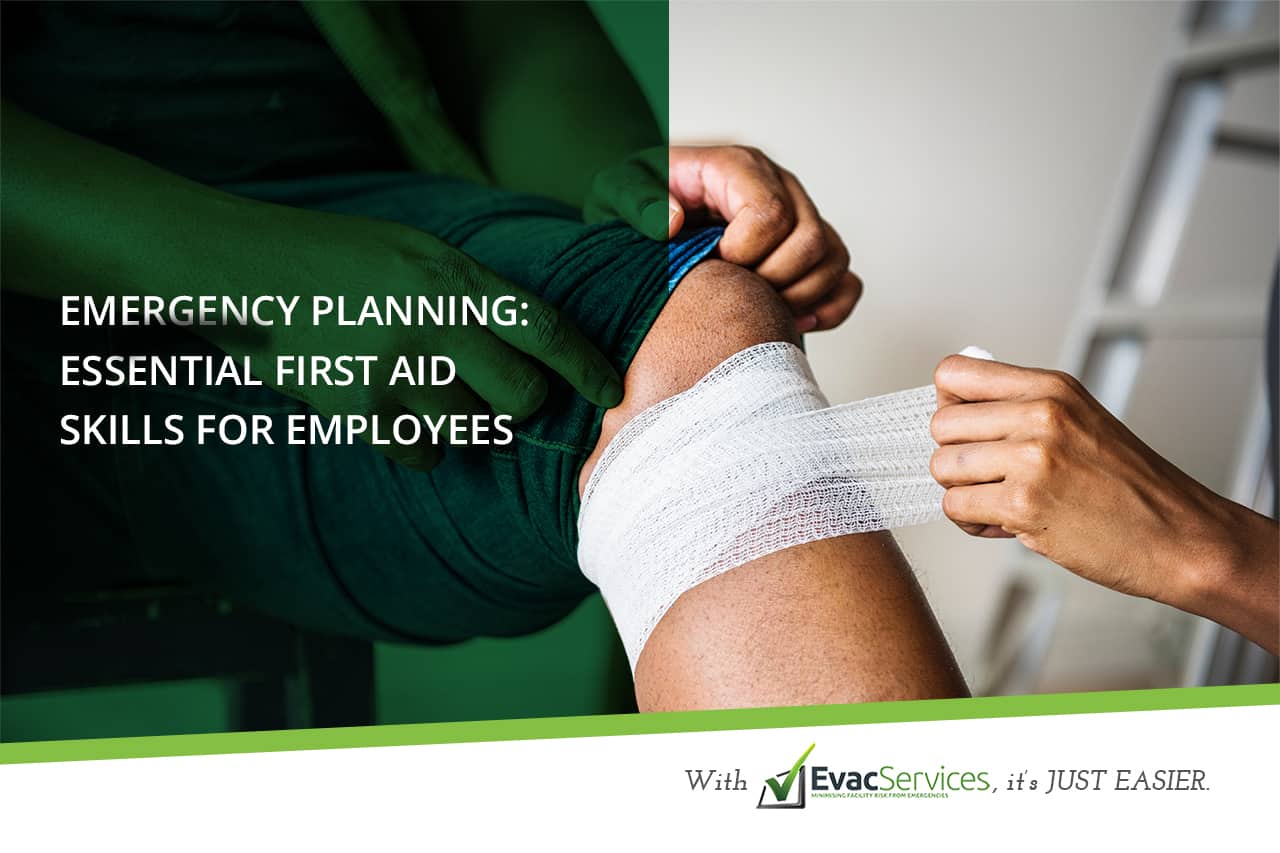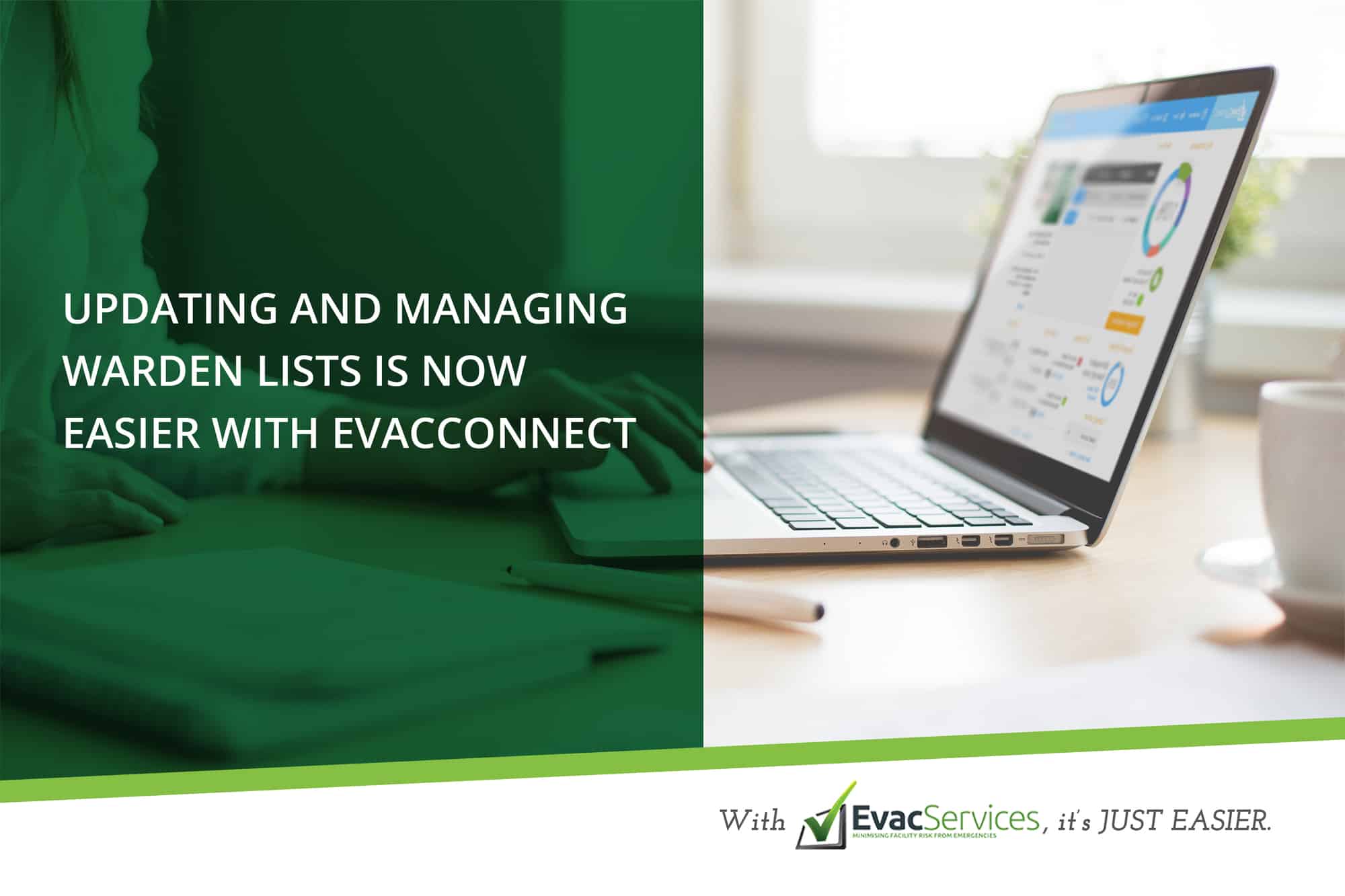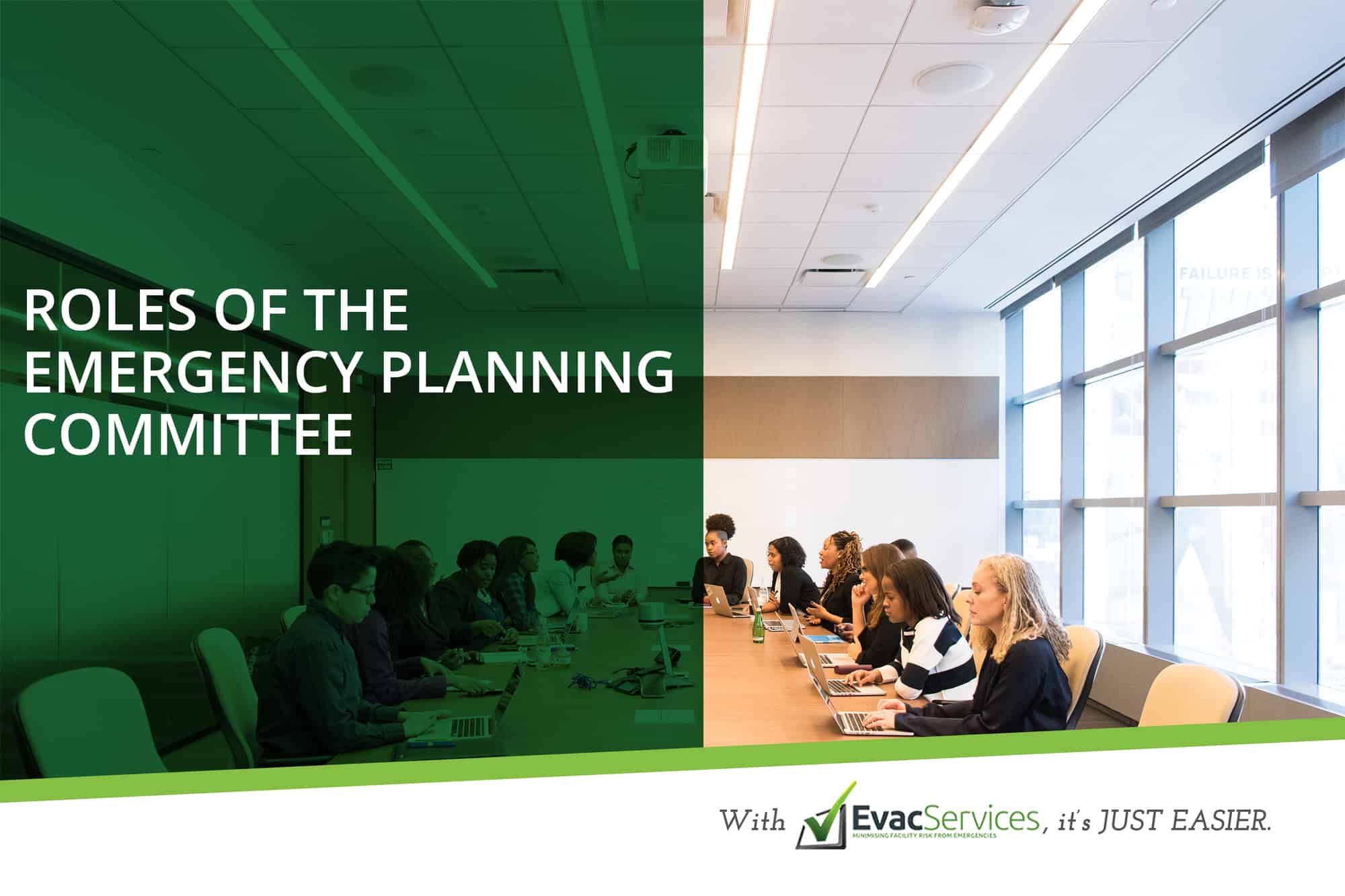Safety Culture and Inclusivity: Personal Emergency Evacuation Plan (PEEP)
An organisation with a strong safety culture positively promotes inclusion and will take all the necessary steps to protect occupants in the face of an emergency. This important initiative includes ensuring the safety and protection of people with physical and mobility impairment as outlined in the requirements of Australian Standard 3745. Their impairment may limit their ability to act by the emergency procedures of the
Fire Emergencies: Ignition and Spread of Fire
Fire emergencies rank as one of the more common workplace safety threats in residential and office buildings. Fire is not only destructive to property, but it is also highly dangerous for the lives of the people trapped in it. In fact, it is not necessarily the fire that brings the most harm to the occupants,
Fire Evacuation Procedures: Your Assembly Area
Fire evacuation procedures are critical to the safety of the workplace. When people evacuate from their original locations, it is with the intent of bringing them to a safer, more secure place. This is why it is important to find and assign an assembly area that will fulfil the requirement of established safety guidelines. In
Guidelines for Lockdown
A lockdown of a building is intended to
secure and protect Occupants who are in the proximity of an immediate threat.
This procedure is used when it is considered to be more dangerous to evacuate
the building than stay inside. By controlling entry/exit and movement
within a facility, the warden team are better able to contain and handle
any threats until Emergency Services
Emergency Planning in Aged Care Facilities
Emergency planning is critical in enabling
aged care facilities to protect their residents from risks posed by natural
disasters, climate, bushfires, as well as other emergencies that may impact the
quality of care.
As a facility manager of an aged care facility, you are ultimately responsible for ensuring that residents and staff are prepared to respond to any
Facility Management: Emergency Planning Tips for 2019
Facility managers, who have emergency planning obligations, are not just ensuring compliance. They need to promote a proactive mindset towards safety. A positive attitude toward safety can save lives and protect people from rising threats from emergencies and natural disasters.
2018 was laden with fire emergencies and natural disasters. From high-rise building fires, bush fires to
Emergency Planning: Essential First Aid Skills for Employees
Emergency planning in the workplace is an integral part of any company’s internal processes and policies. Although it does not necessarily bring in profit or income, it does keep everyone within the office safe and sound. As such, the government of Australia has mandated all businesses in the country to comply with safety standards, such
Emergency Planning for Construction Sites
Emergency planning for construction sites is crucial, as construction sites are one of the most high-risk workplaces anywhere in the world. The exposure of the workers to all sorts of dangerous elements – height, debris, hazardous materials, electrical equipment – all make it necessary for companies to ensure that the safety and health of their
Updating Warden Lists is Now Easier with EvacConnect
Maintaining an up-to-date warden list can be arduous especially when you are a tenant with multiple floors to manage. Changes occur regularly within your tenancy, such as changes in locations, employees leaving, or new employees starting. Hence, it is crucial for you to collaborate with the building management to ensure that the warden list is
Roles of the Emergency Planning Committee
In coming up with a well-designed emergency plan, the government mandates that every building or office institution must select a reliable group of people to be assigned to this task. This group essentially becomes the Emergency Planning Committee (EPC) responsible for coming up not only with the plan but also emergency response procedures and forming

